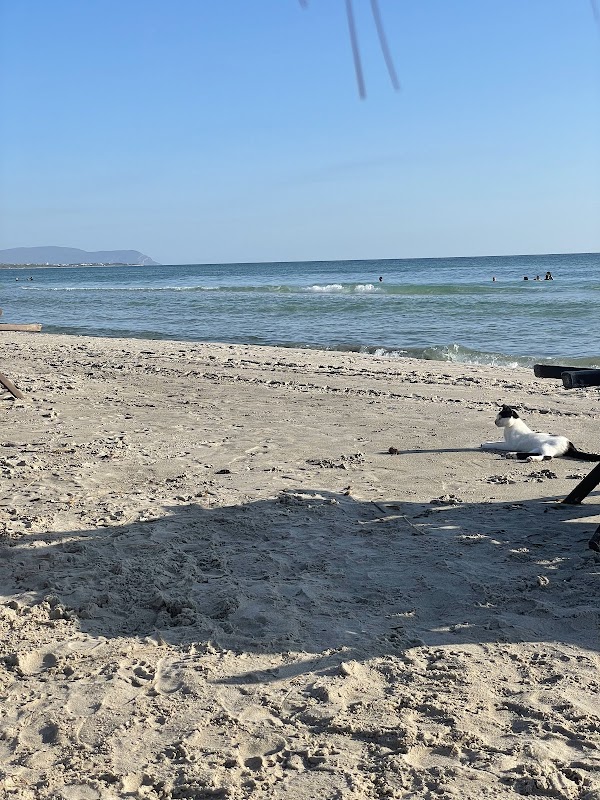
El Haouaria Natural Reserve Adventures
El Haouaria Natural Reserve is a coastal protected area in northeastern Tunisia known for its impressive cliffs, diverse birdlife, and Mediterranean ecosystems, attracting nature lovers and birdwatchers.
About El Haouaria Natural Reserve

El Haouaria Natural Reserve is located on the Cap Bon peninsula, about 75 kilometers northeast of Tunis, Tunisia. This reserve features dramatic cliffs along the Mediterranean coastline and extends inland to encompass ecosystems such as maquis shrubland, steppes, and wetlands. The reserve covers a critical habitat for migratory and breeding birds, including threatened species like the Eleonora’s Falcon and Audouin’s Gull. It is internationally recognized as an Important Bird Area (IBA). The cliffs soar up to 300 meters above sea level, offering stunning views of the sea and rocky promontories. The reserve supports unique plant communities adapted to the Mediterranean climate, with mild wet winters and hot dry summers. Historically, the area has been sparsely populated, preserving its natural state and traditional pastoralism, including sheep grazing, which helps maintain the open landscape. Outdoor enthusiasts visit El Haouaria mainly for birdwatching, hiking along the coastal cliffs, and exploring the diverse Mediterranean flora. The reserve's terrain includes natural trails that provide opportunities for scenic walks and nature observation. Though there are no developed campgrounds inside the reserve, nearby towns serve as bases for visitors. The site’s conservation helps protect sensitive wildlife and habitat from pressures such as overdevelopment and human disturbance. El Haouaria offers an authentic experience focused on wildlife appreciation, tranquility, and landscape photography.
Highlights
Steep Mediterranean cliffs rising up to 300 meters above sea level
Breeding grounds for Eleonora’s Falcon, a rare migratory raptor
Coastal maquis and steppe plant communities unique to Tunisia
Secluded hiking routes along the Cap Bon peninsula coastline
Notable Natural Features
Eleonora’s Falcon Nesting Sites
Cliff ledges provide critical nesting habitat for this rare falcon, found here during breeding season from July to October.
Cap Bon Cliffs
Steep limestone cliffs offer panoramic views of the Mediterranean Sea and are home to diverse seabird colonies.
Mediterranean Maquis Vegetation
Dense, aromatic shrubs including thyme, sage, and juniper dominate the landscape, supporting a wide range of insect and bird species.